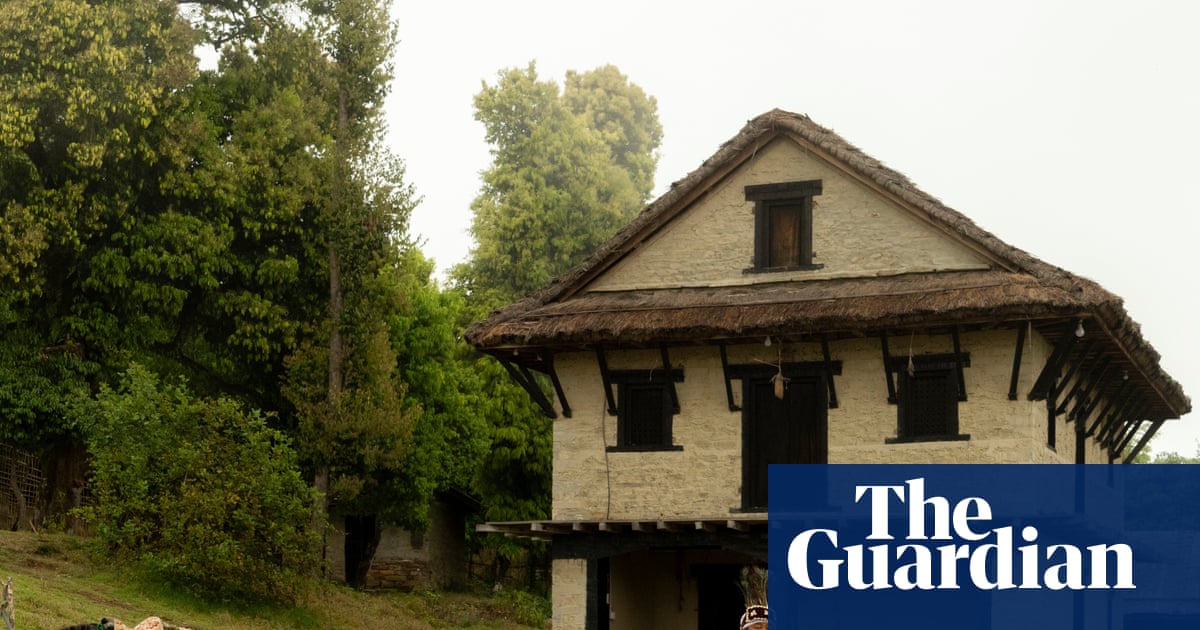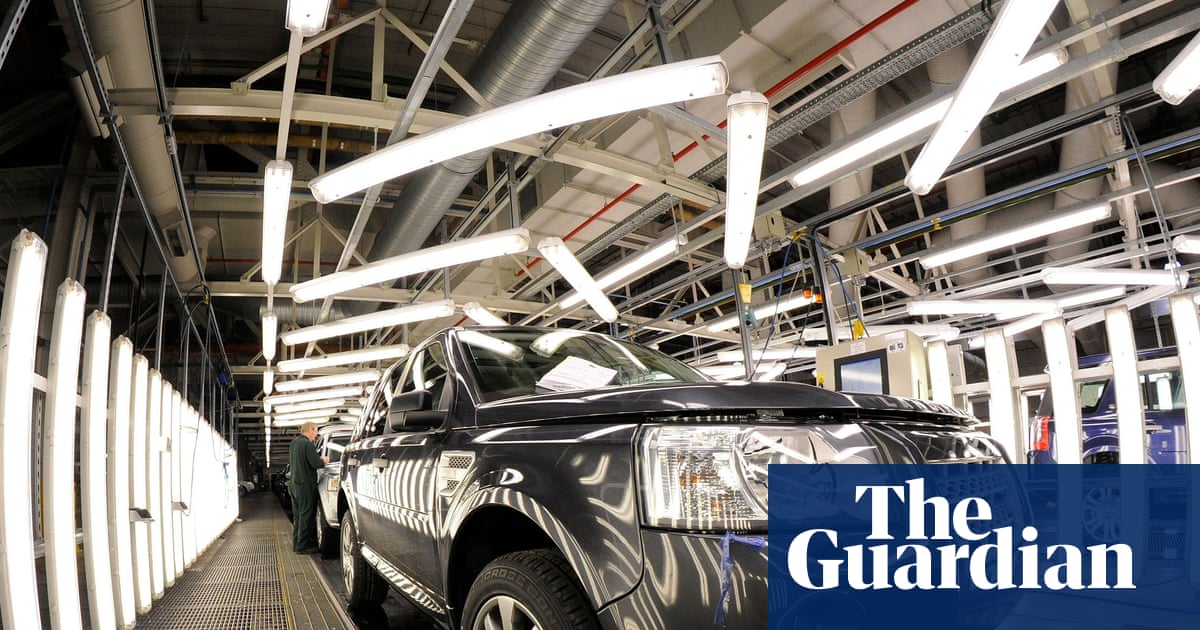Dale Vince is right that paying the Drax power station billions of pounds to burn forests is not a coherent climate strategy (Ancient trees are shipped to the UK, then burned – using billions in ‘green’ subsidies. Stop this madness now, 21 June) . Labour has already said these subsidies should not continue beyond 2031 – a welcome and necessary step.
Cutting down forests in Estonia, Latvia, the US and Canada is destructive to biodiversity. What’s more, it makes no climate sense – for forests to recover their role as lungs that absorb carbon dioxide takes decades. Biomass, of the type Drax uses, incurs a huge carbon cost.
Relying on millions of tonnes of imported wood to keep the lights on is dangerous. A strategy for energy security means investing in real, homegrown renewables – wind, solar, tidal and restoring nature to capture carbon.
Alex Sobel
Labour and Co-operative MP for Leeds Central and Headingley
We have to remember that using Drax to burn freshly grown wood is better than burning coal and not planting any trees at all (as we merrily did last century). Drax is a stepping stone to a low carbon future and should be switched off once the alternatives are in place.
I am saddened to hear that Canada is using virgin forest to supply Drax. This should be stopped by its government. There are other stepping stones that should be given consideration: “blue options” as opposed to “grey” or “green” options. Carbon capture and storage (CCS) is likely to be a better blue option than biomass, because the CO2 is removed immediately and not recycled into the atmosphere. However biomass is cheaper.
All options need to be kept on the table, partly to avoid having all our eggs in one basket and partly to make sure we come as close as possible to a speedy, low-cost transition that we can afford.
Tom Blandford
Fordingbridge, Hampshire
Creative accounting has always been the refuge of scoundrels. That the UK government wants to continue to book nonexistent emissions reductions through large-scale wood burning that annihilates ancient forests and use ever more taxpayer money to subsidise the scam is not only shameful, but also alarming to anyone hoping for real action on climate.
At the Bonn climate negotiation meetings I recently attended, it transpired that Brazil seems intent on a big push for the bioeconomy at the upcoming COP op30 in the Amazon. It’s obvious that, cloaked in platitudes about small-scale social bioeconomy measures with merit, industrial scale forest biomass energy will charge through this gateway.
Burning up the biosphere as climate action is the Orwellian prospect we all face.
Peg Putt
Former member of the Tasmanian House of Assembly
At the moment, the issue of burning trees in power stations like Drax must surely be vastly overshadowed by the seasonal “accidental” loss of established woodland by the annual return of highly energetic and polluting fires in Canada, Russia and Europe.
Having their likely origin in changing weather (and therefore also climate) patterns, resulting in prolonged droughts and rising temperatures, accompanied by natural and anthropogenic ignition sources, these events are likely to be irreversible, without a dramatic universal reduction in CO2 emissions, as well as in the release of CH4 (methane, with its dramatically higher environmental damage potential) from melting permafrosts in Arctic, sub-Arctic and alpine environments, and from animal husbandry.
William Carmichael
Safenwil, Switzerland

 2 months ago
26
2 months ago
26

















































